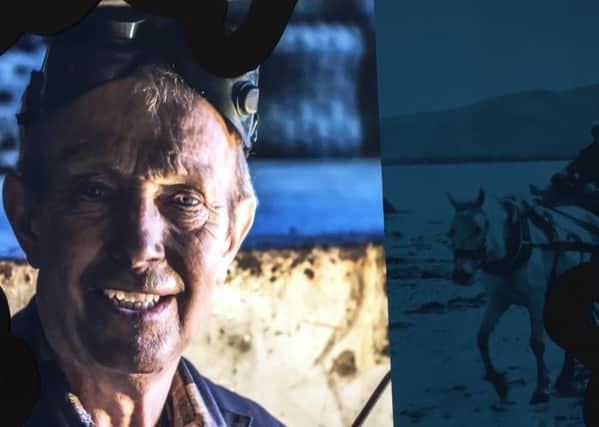Museum nan Eilean puts Island life and heritage on display


The new museum is housed in a modern, purpose-built extension to the castle and will be home to a significant collection of artefacts.
Among the national treasures are six of the 12th-century Lewis Chessmen on long-term loan from the British Museum.
Advertisement
Hide AdAdvertisement
Hide AdHistorical artefacts have been combined with beautifully shot and highly engaging videos filmed in locations from the North of Lewis to Barra. The videos feature island people telling their stories about life in the Outer Hebrides in both Gaelic and English.
Nick Smith, Heritage Manager said: “The stories that we have here bring forward absolutely amazing details about the unique culture that the people of these islands have.”
Visitors will enter the museum by a covered courtyard that houses a reception desk, café, and shop.
The first experience to enjoy in the museum is the opportunity to sit in a restful screening room while surrounded by stunning cinematic views of the Outer Hebrides.
Advertisement
Hide AdAdvertisement
Hide AdThe time-lapse film sets the mood for the remainder of the exhibits that feature community and working life on the land and sea.
The exhibits are modern, fresh and interactive, with bright interpretive panels.
Nick Smith said: “One reason that the Museum nan Eilean is so incredibly important is that it is not simply a collection of artefacts displayed in cases. The interpretation and the design of this new museum really allow the people of the islands to tell their stories.”
The final room of the museum is called the Ceilidh space. Nick Smith described the room as a place: “Where we’re going to have lots of fun activities for people of all ages.
Advertisement
Hide AdAdvertisement
Hide Ad“We’ve got lots of things for children to do including fantastic dressing up clothes.”
The museum and castle restoration project has been funded through a partnership led by Comhairle nan Eilean Siar with external funding from the Heritage Lottery Fund, Historic Environment Scotland, Highlands & Islands Enterprise, the Scottish Government, The European Regional Fund and Bord na Gaidhlig.